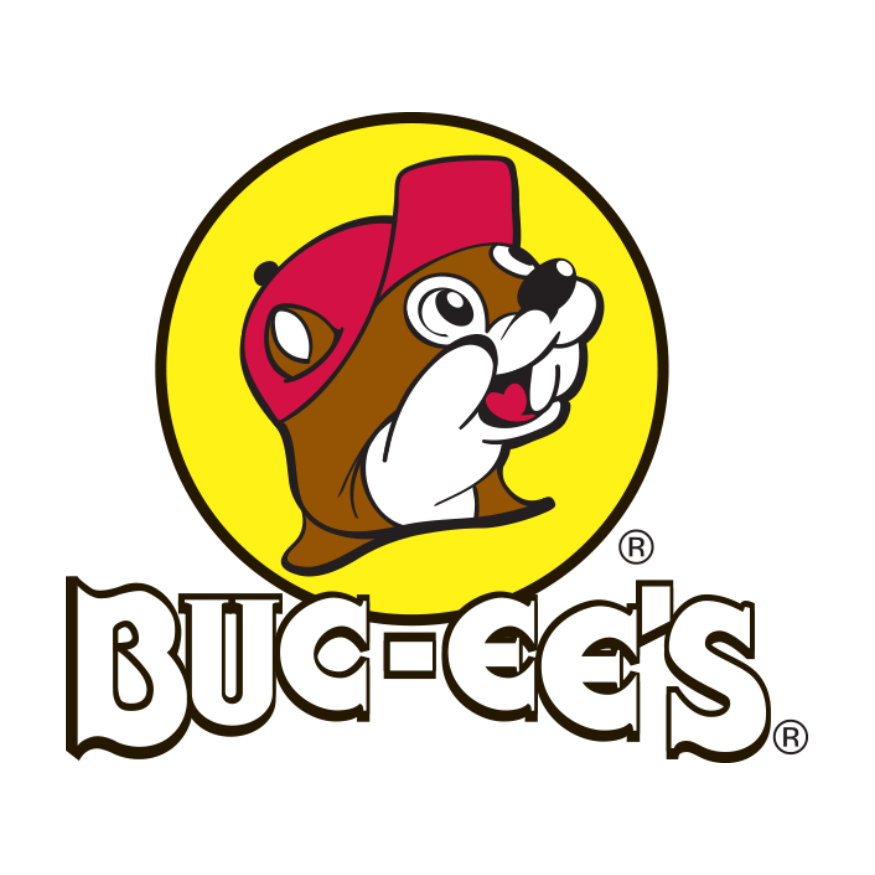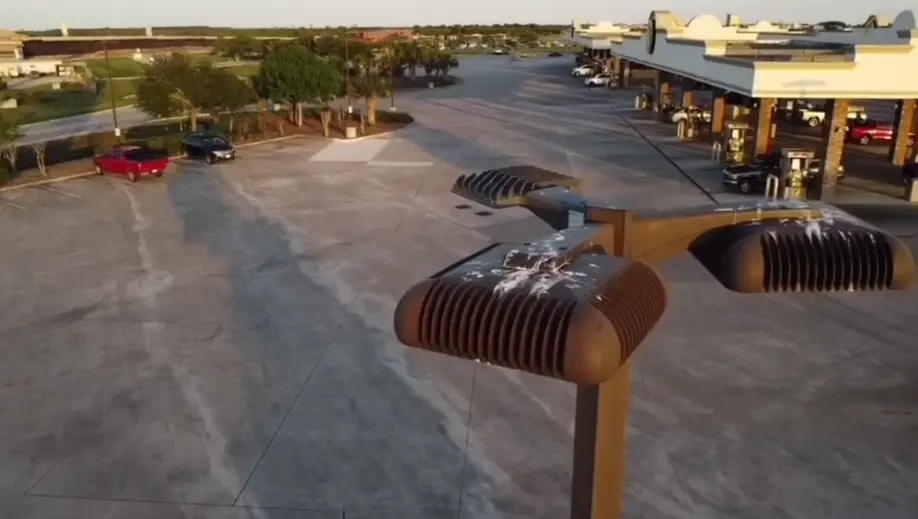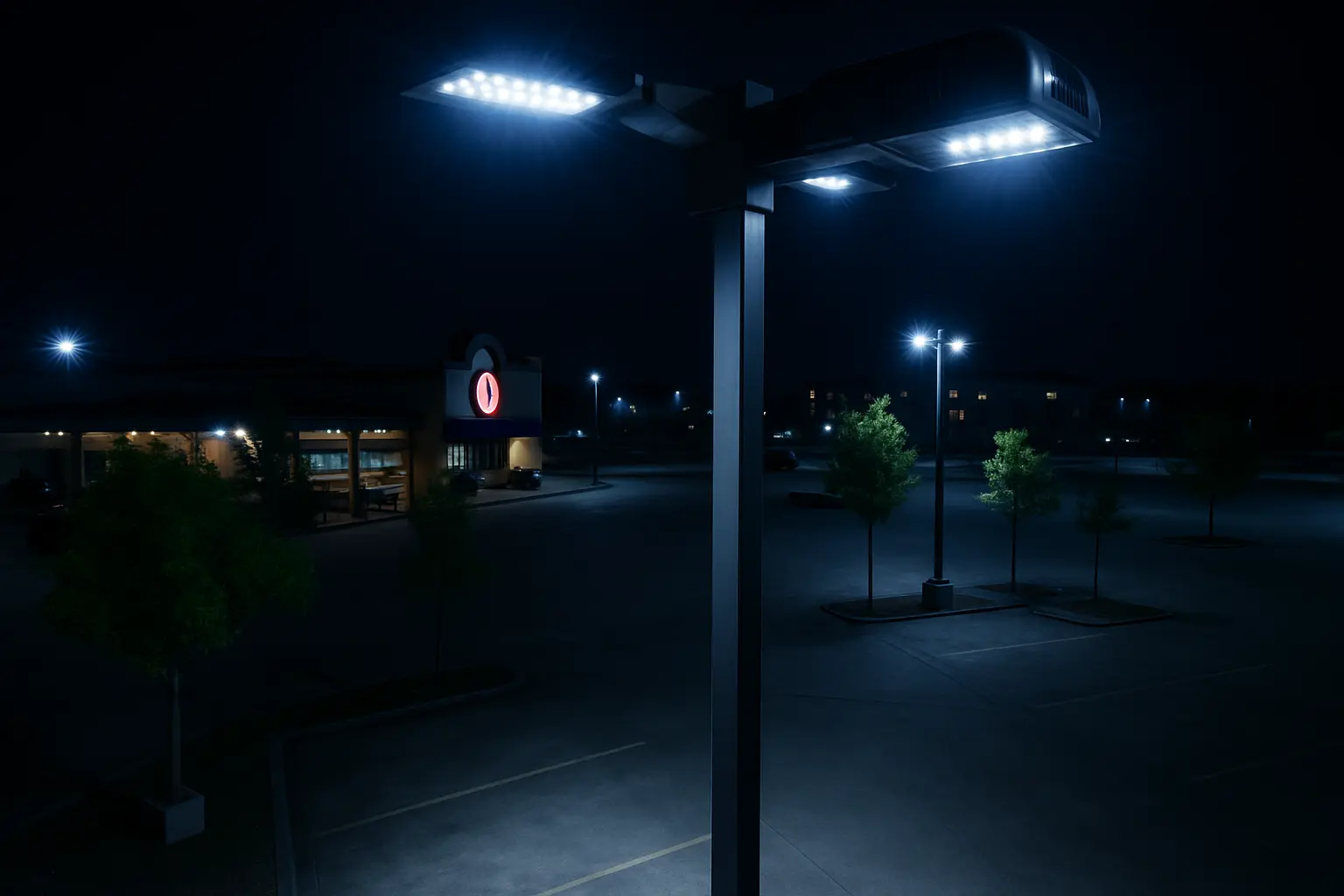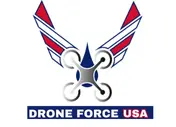
Standard Operating Procedure (SOP): To clean bird droppings from the top of light pole sensors in Buc-ee’s Gas Station plazas to ensure proper light sensor operations.

Bird Droppings Blocking Light Sensors

Pressure Wash Cleaning of Sensors

Proper Light Sensor Operations
Purpose
To remove bird droppings from the light pole sensors at Buc-ee’s gas station plazas, ensuring optimal performance of LED sensor-activated lighting.
Required Tools & Equipment
- Soft-wash drone with 45° nozzles for precise, gentle cleaning of sensor surfaces
- Non-conductive, quick-drying, neutral cleaning solution
- Proprietary wash unit (triple reverse osmosis, 4–6 GPM) compatible with the specialized drone
- Specialty wash drone with precision soft-wash capabilities
- Protective equipment: suit, helmet, goggles, communication system, live weather monitoring, command unit
- Safety gear: barriers, signs, caution tape, safety coordinator oversight
- Photography drones for before-and-after documentation and job verification from above
Personnel Allocation
- Site Supervisor (1) – Oversees operations, risk management, and documentation
- FAA Part 107 Certified Drone Pilot (1–2) – Executes drone operations
- Visual Observer (1) – Ensures line-of-sight compliance per FAA rules
- Safety Coordinator (1) – Maintains secure perimeter, manages foot traffic
- Field Assistant (1) – Handles equipment (hoses, pumps), and assists with photo records
Recommended Work Timing
- Schedule: Avoid peak customer hours
- Weather: Dry, winds ≤ Level 3, humidity ≤ 75%
- Workflow: No need to block large parking sections—strategic, rotating barricades allow for seamless operation. Lights will be cleaned in small groups (e.g., two at a time), with each pole taking ~10 minutes. Interior sensors will be temporarily roped off in circular zones, re-opened immediately upon completion.
Special Requirements for Live Work
- Only use non-conductive cleaning tools and materials
- Employ low-pressure (150 psi), soft-wash biodegradable cleaners that remove waste and add a protective barrier against future droppings
- Maintain minimum 5-foot distance from live components to prevent damage
- All operations must include both a Visual Observer and Safety Coordinator—no solo work
- Provide an on-site emergency shutdown plan and insulated tools
Cleaning Procedure
Preparation
- Notify Buc-ee’s staff of scheduled cleaning
- Strategically plan to minimize customer disruption
- Set up safety perimeter with barriers and signage
- Take before photos (front-facing and upward angles)
Cleaning
- Position drone within 5 feet of sensor (safe cleaning range)
- Apply 150 psi soft-wash with neutral, biodegradable cleaner
- For heavy buildup, apply additional environmental surfactant
- Ensure 100% removal of residue
- Apply protective barrier coating
- Take after photo for comparison
Wrap-Up & Inspection
- Verify all sensors are clean and functional
- Remove all gear and safety signage
- Present before-and-after photo documentation to Buc-ee’s staff for sign-off
- Log a sensor cleaning report including sensor ID and condition
Safety Reminders
- Never touch metal parts with wet hands
- Never allow multiple individuals to contact the same live metal part
- Perform an insulation test before first daily use
- Stop immediately and report if any electrical anomaly or arcing occurs
- Always maintain safety barriers to protect Buc-ee’s patrons during operations
Operations for Buc-ee’s Facilities
We understand Buc-ee’s is currently facing issues with bird droppings obstructing the sensors that control your new LED lighting systems. The current approach—manual labor and lifts—is both labor-intensive and cost-prohibitive, especially when scaled across multiple locations.
Our recommendation: a monthly or at minimum quarterly cleaning service using our drone-based system.
Drone Force USA is equipped and staffed to service locations throughout Texas and nationwide. Our proprietary drones, chemical formulations, and wash systems provide:
- Efficient, non-disruptive sensor cleaning
- Long-lasting protective treatment against droppings
- A significant cost reduction compared to lift-based manual labor
We would welcome the opportunity to present a full proposal and explore how this innovative solution can protect your lighting investment while improving operational efficiency.
